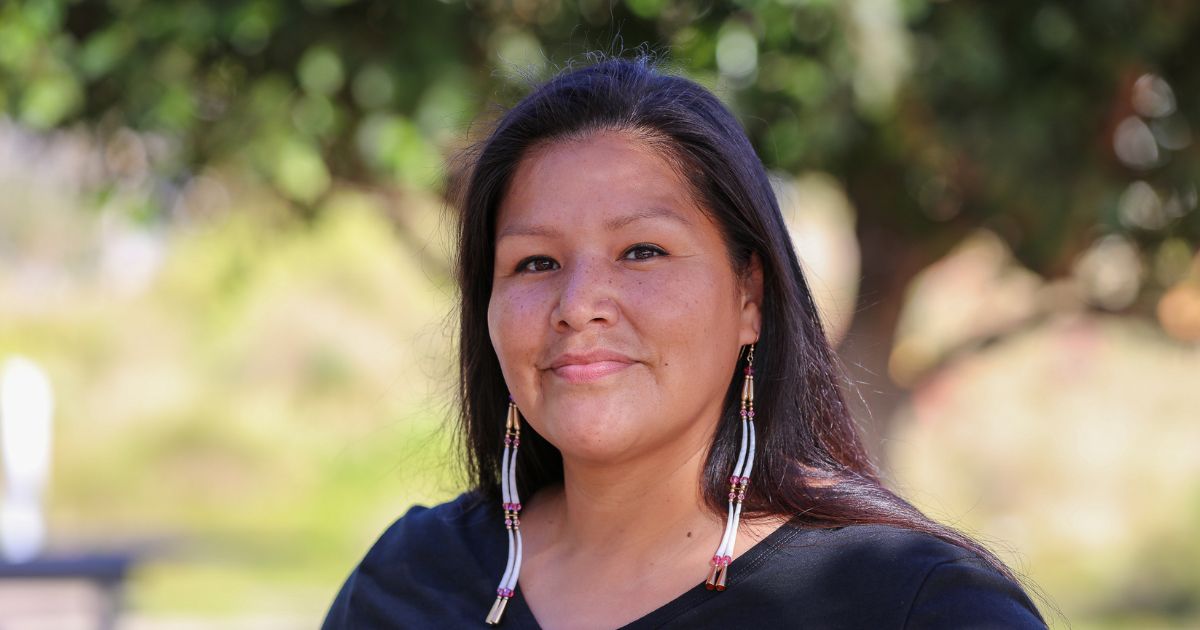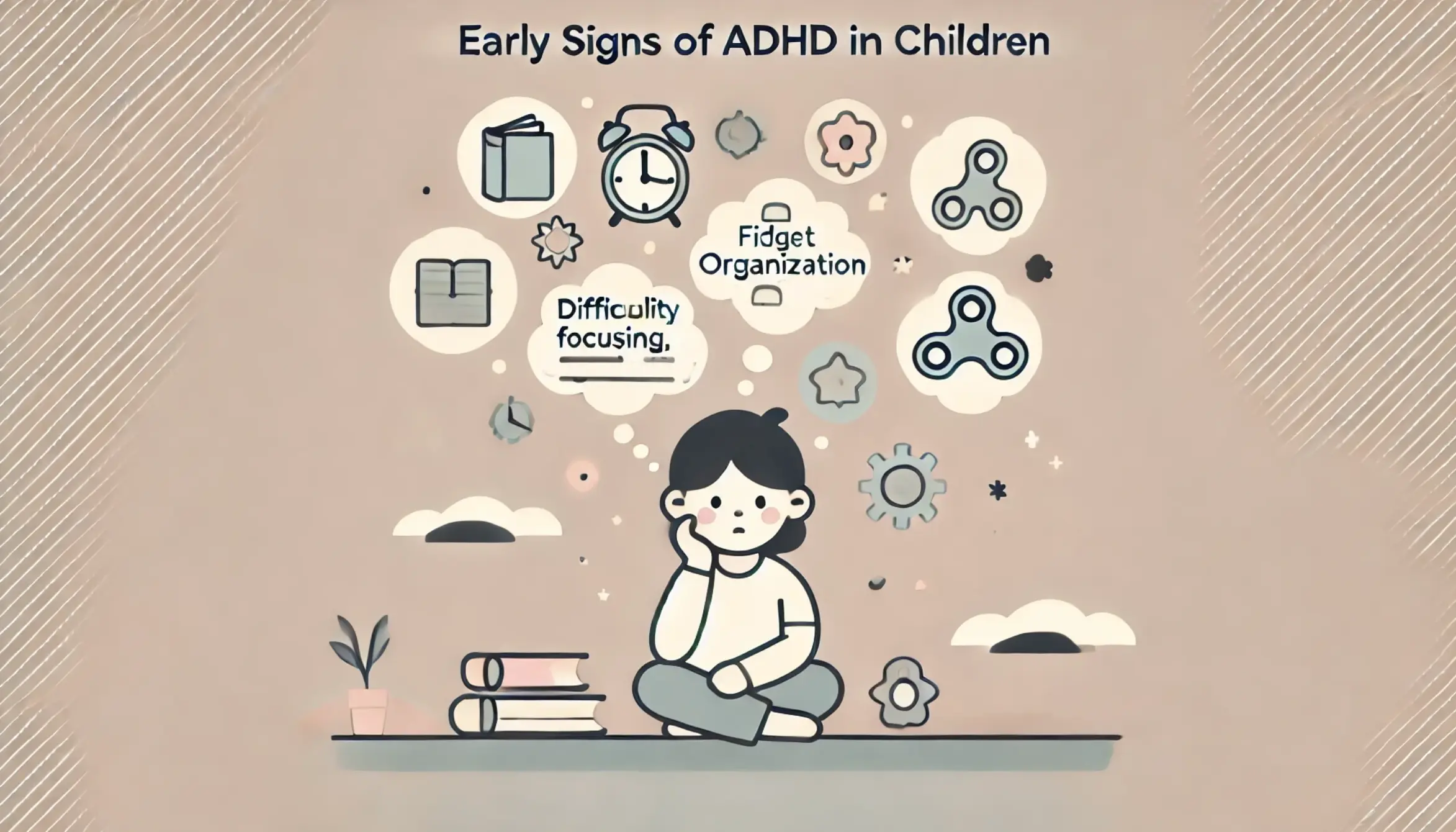Communities play a crucial role in shaping individual experiences, particularly within neurodevelopmental disorders. Exploring the intersectionality of culture, identity, and neurodiversity can help individuals understand the underexplored aspects of neurodevelopmental disorders within BIPOC communities.
From Autism Spectrum Disorder to Attention Deficit and Hyperactivity disorder (ADHD), understanding how cultural contexts shape the perception, diagnosis, and management of these conditions is essential. In addition, communities are essential in supporting individuals with neurodevelopmental disorders, acting as support for strength and understanding.
For a more in-depth exploration of this topic, keep reading!
Addressing Disparities in Diagnosis and Treatment

Disparity in diagnosis and treatment poses a significant challenge in healthcare, reflecting unequal access and outcomes among diverse populations. Socioeconomic factors, cultural differences, and systemic biases contribute to this stark contrast.
Marginalized communities often face barriers such as limited healthcare resources, language barriers, and a lack of culturally competent care.
The disparities extend to the diagnostic phase, where individuals from underserved backgrounds may experience delayed or inaccurate diagnoses due to limited access to screening and diagnostic tools.
In addition, implicit biases among healthcare providers can influence diagnostic decisions, leading to disparities in identifying and managing various conditions. Treatment disparities further exacerbate health inequities, with certain populations receiving suboptimal care compared to those with access to more socioeconomic resources.
Limited access to advanced treatments, financial constraints, and inadequate follow-up care contribute to unequal health outcomes.
Addressing these disparities requires a multifaceted approach, including increased access to healthcare resources, cultural competency training for providers, and targeted interventions to eliminate systemic biases. Achieving health equity necessitates a comprehensive commitment to understanding and rectifying the root causes of diagnostic and treatment disparities.
Cultural and Linguistic Barriers
Cultural and linguistic barriers present formidable challenges in diverse societies, impacting effective communication and access to essential services. Language differences can create obstacles in healthcare, education, and social interactions, hindering individuals from fully participating in society.
Moreover, misunderstandings arising from diverse cultural perspectives may lead to miscommunication, perpetuating stereotypes and impeding collaboration.
In healthcare settings, cultural and linguistic disparities may result in less than adequate care due to difficulties conveying symptoms or understanding medical advice.
Educational systems may struggle to accommodate students with diverse linguistic backgrounds, affecting academic performance and opportunities.
Building awareness and fostering cultural competency among professionals, educators, and the general public is crucial to dismantling inequalities related to behavioral, mental health and psychiatric care that disproportionately impact BIPOC groups. Embracing diversity, providing language support, and promoting inclusive practices are essential to creating a more equitable and harmonious healthcare system and society.
Demand for Approaches Tailored to Cultural Sensitivity

In our increasingly diverse world, the imperative for culturally sensitive approaches has become paramount. Recognizing and respecting various cultural groups’ unique values, beliefs, and customs is essential in fostering effective communication, understanding, and collaboration.
This necessity extends across diverse sectors such as healthcare, education, business, and social services. Culturally sensitive approaches acknowledge and incorporate the diversity of backgrounds, ensuring that policies, practices, and interventions resonate with the specific needs of different communities.
This involves providing behavioral and mental healthcare mindful of cultural nuances, beliefs, and preferences. In education, it means adapting teaching methods to accommodate various learning styles influenced by cultural diversity.
Ultimately, embracing culturally sensitive approaches is not merely a virtue but a strategic imperative for creating inclusive, equitable, and harmonious environments that cater to the multifaceted tapestry of our global society.
Influence of Socioeconomic Factors in Bipoc and Mental Health

Socioeconomic factors play a crucial role in shaping the dynamics of individuals and communities. These multifaceted influences encompass economic status, educational opportunities, and resource access, collectively shaping one’s life trajectory.
Economic disparities often dictate the level of access to healthcare, education, and employment opportunities, creating a profound impact on overall well-being. Education, a key socioeconomic determinant, is a gateway to social mobility, influencing career prospects and income levels.
Housing conditions, employment stability, and healthcare accessibility are intricately linked to socioeconomic status, perpetuating cycles of advantage or disadvantage. Recognizing the pervasive influence of socioeconomic factors is crucial for formulating effective policies that address systemic inequalities.
By understanding and addressing these influences, societies can work towards creating environments that promote equal opportunities, reduce disparities, and foster inclusive growth for individuals across diverse socioeconomic strata.
Revolutionary Strategies: Telehealth and Programs Rooted in Communities
Innovative approaches, such as telehealth and community-based programs, are reshaping the landscape of healthcare delivery and support services. Telehealth leverages technology to provide remote medical consultations, enabling individuals to access healthcare from the comfort of their homes.
This enhances convenience and addresses barriers related to distance and mobility, particularly benefiting those in underserved or remote areas.
Community-based programs bring healthcare initiatives directly into local neighborhoods, fostering a proactive and preventive approach.
These programs often focus on holistic well-being, incorporating social determinants of health and community engagement. By establishing a presence within communities, they bridge gaps in access, tailoring interventions to meet specific needs.
Together, telehealth and community-based programs exemplify a transformative shift towards patient-centric, accessible, and community-oriented healthcare, offering promising solutions to enhance health outcomes and promote equitable healthcare delivery.
Essential Need for Comprehensive Support and Educational Initiatives
The imperative of comprehensive support and education underscores the critical role that holistic assistance and knowledge dissemination play in fostering individual and societal well-being. Comprehensive support involves addressing diverse physical, mental, and social needs.
Whether in healthcare, social services, or education, a well-rounded approach ensures that individuals receive the multifaceted assistance required to thrive.
Equally significant is education, serving as a catalyst for personal and collective growth. Beyond formal academic settings, continuous learning empowers individuals to make informed decisions, adapt to evolving challenges, and contribute meaningfully to their communities.
Together, comprehensive support and education create a foundation for resilience, self-empowerment, and societal progress, emphasizing the interconnected nature of well-rounded development in navigating the complexities of contemporary life.
The Crucial Importance of Early Intervention
The critical role of early intervention cannot be overstated in fostering optimal development and addressing potential challenges in various aspects of life. Identifying and addressing health concerns in their infancy can prevent the escalation of conditions, ensuring better long-term outcomes. Similarly, early intervention strategies in education can mitigate learning difficulties, laying the groundwork for academic success.
Early intervention extends beyond traditional realms, encompassing social and behavioral domains. Identifying and addressing behavioral concerns early on can positively impact emotional well-being and interpersonal relationships. In addition, early support for developmental milestones is crucial for cognitive and motor skill advancement.
By recognizing and acting upon signs of need at the earliest stages, whether in health, education, or socio-emotional development, early intervention becomes a transformative force, offering individuals the best opportunity for a flourishing and fulfilling life. It represents a proactive approach to enhancing resilience and minimizing the long-term impact of challenges, ultimately contributing to a healthier and more equitable society.
BIPOC Neurodevelopmental Disparities: Competent Support from Ability Psych Services
Addressing neurodevelopmental disorder disparities within BIPOC communities demands a holistic and culturally competent approach. Recognizing unique challenges, including socioeconomic factors and cultural nuances, underscores the importance of tailored interventions. Incorporating advanced diagnostic tools like neurodevelopmental disorder evaluations is essential to uncovering nuanced impacts and tailoring effective interventions.
For individuals within BIPOC communities navigating neurodevelopmental challenges, seeking support from specialized services is crucial. APS stands ready to provide culturally sensitive assessments and guidance. Contact APS today and ensure access to expertise to navigate the intersectionality of neurodevelopmental disparities within diverse communities.





